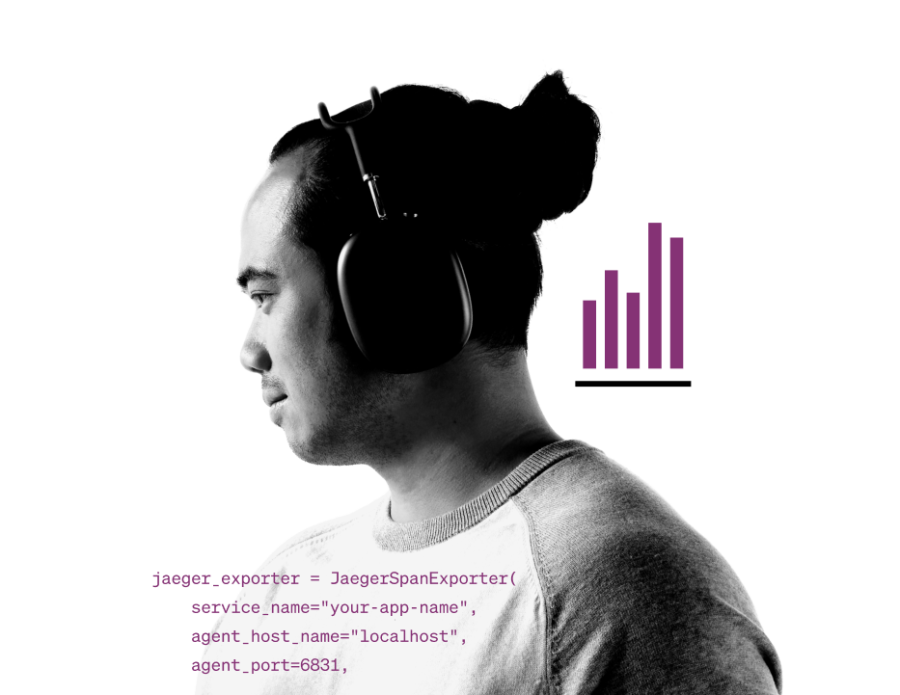Here we take a closer look at the differences in survey responses by region.
| Asia Pacific | Europe | North America | |
|---|---|---|---|
| Current deployment | Asia PacificMore likely to have 10+ capabilities deployed and most likely to have achieved full-stack observability and have a mature observability practice | EuropeLeast likely to have 10+ capabilities deployed, to have achieved full-stack observability, and have a mature observability practice, but most likely to capture telemetry across the full tech stack | North AmericaMore likely to have 10+ capabilities deployed, but least likely to plan to deploy at least one capability next year |
| Number of monitoring tools | Asia PacificMost likely to prefer multiple point solutions, use 5+ tools, and say too many monitoring tools is a challenge, but least likely to plan to consolidate tools next year | EuropeMore likely to prefer a single, consolidated platform and plan to consolidate tools next year | North AmericaMore likely to prefer a single, consolidated platform and most likely to use a single observability platform, use fewer tools in general, and plan to consolidate tools next year |
| Telemetry data | Asia PacificMost likely to have more unified telemetry data and to say users broadly have access to telemetry data and visualizations | EuropeMore likely to have more siloed telemetry data, but most likely to say telemetry is unified in a single pane for consumption across teams | North AmericaMore likely to have more siloed telemetry data and say that siloed data is a challenge, and least likely to say telemetry is unified in a single pane for consumption across teams and that users broadly have access to telemetry data and visualizations |
| Strategy | Asia PacificMost likely to view observability as more of a key enabler for achieving core business goals | EuropeMost likely to view observability as equally for core business goals and incident response/insurance | North AmericaMost likely to view observability as more for incident response/insurance |
| Detecting outages | Asia PacificMost likely to learn about software and system interruptions primarily with manual checks/tests, complaints, or incident tickets | EuropeMost likely to learn about software and system interruptions primarily with one observability platform | North AmericaMost likely to learn about software and system interruptions primarily with multiple monitoring tools |
| Service-level metrics for high-business-impact outages | Asia PacificMost frequent outages and slowest MTTD and MTTR | EuropeFastest MTTR | North AmericaLeast frequent outages and fastest MTTD |
| Median annual outage cost | Asia Pacific$19.07M | Europe$8.42M | North America$1.2M |
| Annual observability spend and value received | Asia PacificMost likely to spend at least $500K and say they receive $500K–$5M in total value | EuropeMore likely to spend at least $100K and most likely to say they receive $5M or more in total value | North AmericaMost likely to spend less than $100K and to say they receive less than $500K in total value |
| Median annual ROI | Asia Pacific114% | Europe100% | North America100% |
| Top 2 value maximization plans for next year | Asia PacificTraining staff on how to best use the observability tools they have and optimizing engineering team size | EuropeTraining staff on how to best use the observability tools they have and consolidating tools | North AmericaConsolidating tools and training staff on how to best use the observability tools they have |
| Top 2 drivers of observability | Asia PacificAdoption of AI technologies like GPT and increased focus on security, governance, risk, and compliance (tied) | EuropeIncreased focus on security, governance, risk, and compliance and integration of business apps like ERP and CRM into workflows | North AmericaIncreased focus on security, governance, risk, and compliance and development of cloud-native application architectures |
| Top 2 barriers to achieving full-stack observability | Asia PacificToo expensive and too many monitoring tools | EuropeToo many monitoring tools and too expensive | North AmericaLack of budget and too expensive |
